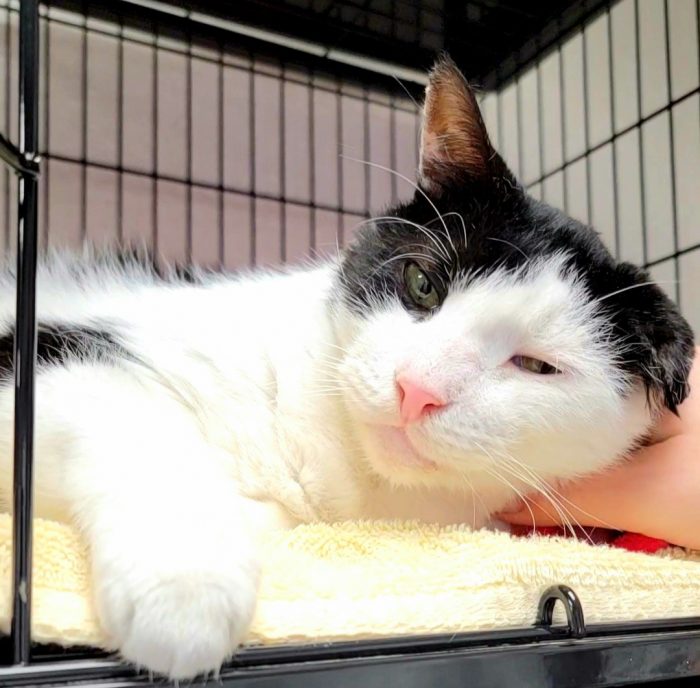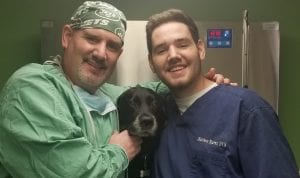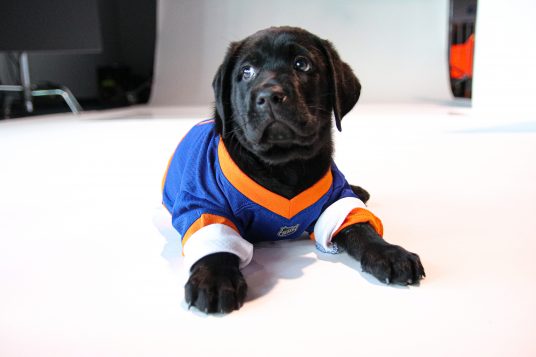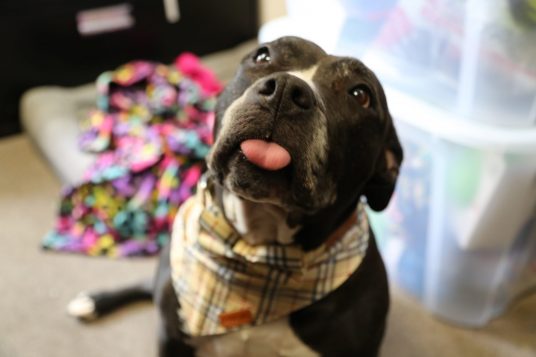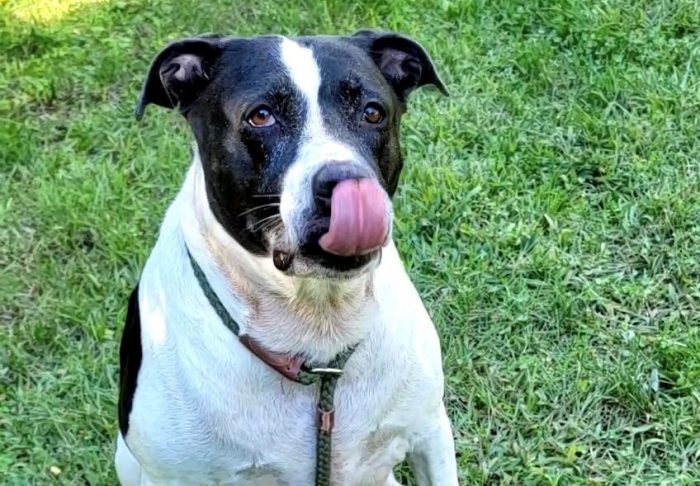By Barbara Anne Kirshner
One year ago, TBR News Media published my first of what would become many articles on a variety of topics. This first article, Park’s Bench, was a personal account of my now 15- year-old dachshund, Park, my travel buddy, and our special visits to a bench in Stony Brook Village where we have gone for years to celebrate our July birthdays or simply to retreat from our busy lives. Little did I know then that Park and I were on the threshold of a traumatic event that would change our lives.
On Saturday, May 15, 2021, Park appeared a little uncomfortable. I immediately called our vet and got an appointment for the following morning. By nightfall, Park sat down and couldn’t move; his back legs had become paralyzed.
Even as a senior dog, he had been happy and active, running with his sister, Melissa Tulip, half his age. I marveled at the energy of our little man. This drastic change combined with his age had me fearing our time together was about to abruptly end.
Dr. Gucciardo examined Park, but instead of suggesting the worst, he gave us hope. He said through acupuncture and laser therapy combined with medications and herbs, there was a chance Park could regain the use of his hind legs.
I held on to that glimmer of hope and we began the long road back. Once a week, Park and I were at the vet for his treatments. Weeks turned into months — still we were at the vet every Thursday for his therapies. Though our boy couldn’t walk, it seemed half of him was perfectly normal. He had energy. It amazed me how he managed to move so quickly on his two front legs. He was still interested in everything, especially meal and snack times.
We started our road trips again to our favorite places including Stony Brook Village and Park’s bench. While we sat there on one recent visit, I watched as a breeze delicately ruffled his fury ears and we enjoyed our moment in time.
By late August, it seemed Park might not be able to walk again, but he was certainly not ready to leave us. That’s when discussions started with Dr. Gucciardo about a doggie wheelchair so Park wouldn’t have to exert himself as he dragged across the floor.
But Park had something else in mind. While we continued discussions about the wheelchair, Park suddenly pushed up his hind legs. He especially did this around mealtimes. By the beginning of September, he applied pressure to his hind legs and took a few wobbly steps. He was much weaker on the right side, but he progressed. Soon he was up on all four legs, very frail, but he was walking. Each day he improved. With movement returning to his hind legs, his hips strengthened. He had gone to scary protruding bones in his hips, but he even developed muscle tone again.
Park continues improving daily now and we keep up with his weekly therapies. Though his right leg turns in a little, he has started to gallop down the hall, a spring in his step. It is as if he has turned back the hands of time on his 15 year 4 month-old body. Dr Gucciardo, with his alternative therapies, saved our boy and gave us back the active Park ready for a stroll around town.
When I wrote Park’s Bench, I never could have imagined the traumatic events we would face together. Now, I watch our little man run through the yard or down the hall or on the rolling greens near Park’s bench in Stony Brook Village and I am thankful for the precious time I have with our happy, active boy.
I share our story in the hopes that we might help others going through similar life altering circumstances with their beloved fur babies. There is hope. Paralysis is not a death sentence. It may not happen quickly, but if it is possible for my senior boy to regain the use of his hind legs, it can happen for your dog too.
Miller Place resident Barbara Anne Kirshner is a freelance journalist, playwright and author of “Madison Weatherbee —The Different Dachshund.”





